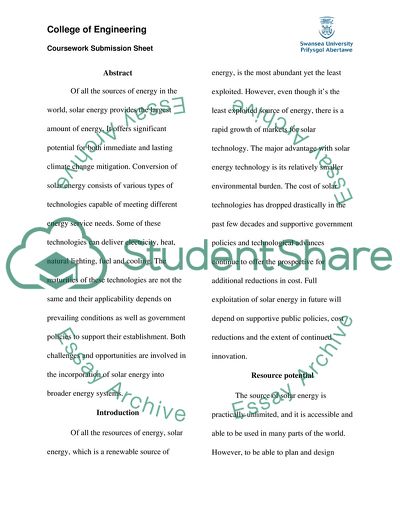Cite this document
(Renewable Energy Coursework Example | Topics and Well Written Essays - 1750 words, n.d.)
Renewable Energy Coursework Example | Topics and Well Written Essays - 1750 words. https://studentshare.org/physics/1851270-renewable-energy-sun
Renewable Energy Coursework Example | Topics and Well Written Essays - 1750 words. https://studentshare.org/physics/1851270-renewable-energy-sun
(Renewable Energy Coursework Example | Topics and Well Written Essays - 1750 Words)
Renewable Energy Coursework Example | Topics and Well Written Essays - 1750 Words. https://studentshare.org/physics/1851270-renewable-energy-sun.
Renewable Energy Coursework Example | Topics and Well Written Essays - 1750 Words. https://studentshare.org/physics/1851270-renewable-energy-sun.
“Renewable Energy Coursework Example | Topics and Well Written Essays - 1750 Words”. https://studentshare.org/physics/1851270-renewable-energy-sun.


